Recycling Bacteria EV battery 02-03-2023 - Arhive
Recycling Bacteria EV battery
Crude Oil Prices Trend
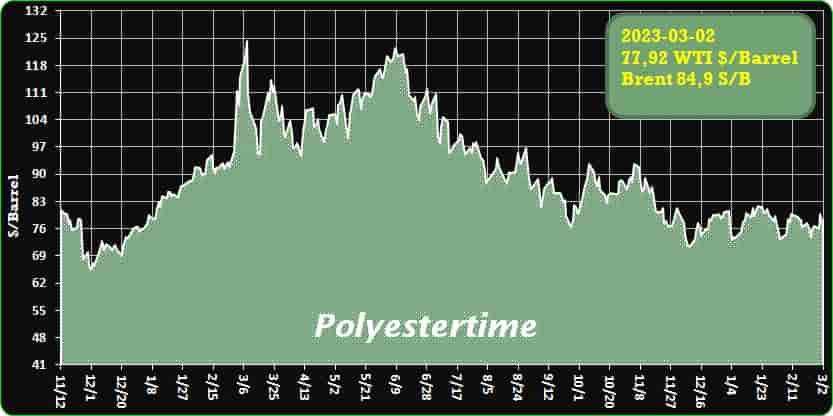
-Neste and ILLIG to showcase more sustainable solutions for thermoformed plastic packaging through demonstration cases
- Neste and ILLIG to build demonstration cases to showcase the benefits and feasibility of more sustainable solutions for thermoformed plastic packaging
- The cooperation targets an acceleration in the shift away from fossil resources and to renewable and recycled materials
Neste and ILLIG have entered into a strategic partnership to advance the use of more sustainable solutions in the production of thermoformed plastic packaging through demonstration cases. Such cases aim to verify the drop-in nature of renewable and recycled materials for demanding applications – by recreating value chains on a small scale for demonstration purposes. Recycling Bacteria EV battery
The partners combine Neste’s expertise in providing renewable and recycled materials for polymers production and ILLIG’s expertise in manufacturing thermoforming systems to create practical showcases.
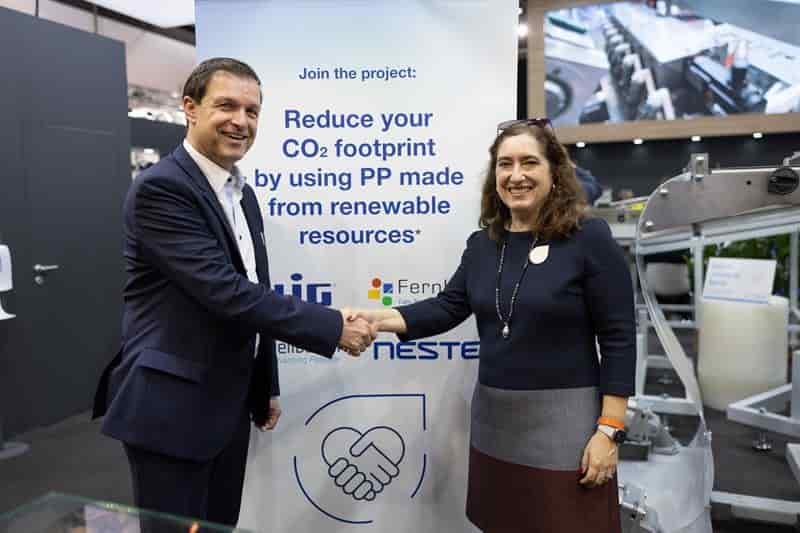
-Recycling through bacteria
Scientists from the Max Planck Institute in Marburg, Germany, have developed an efficient and carbon dioxide-saving pathway for the bacterial conversion of ethylene glycol, a component of the plastic PET. They equipped the bacterium Pseudomonas putida with a new metabolic pathway discovered in marine microbes, which led to improved growth. Their findings offer new opportunities for the microbial degradation of PET, as well as the development of sustainable material cycles.
Since the discovery of the “PET-eating” bacterium Ideonella sakaiensis in 2016, many studies have focused on PET. The basic building block of PET, the C2 molecule ethylene glycol, is also used as antifreeze or solvent. Recycling Bacteria EV battery
Additionally, it can be electrochemically produced from syngas, making it a key component of future carbon-neutral biotechnologies. Therefore, the development of bacterial strains with improved ethylene glycol conversion is important not only for the upcycling of PET but also in the larger context of creating sustainable industrial material cycles for this ubiquitous chemical.
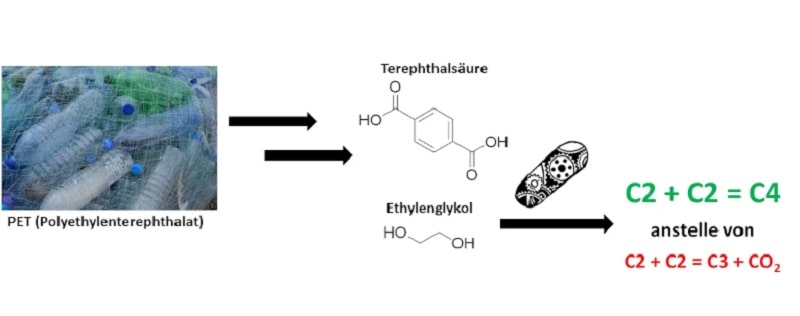
-CATL flexes scale, power with EV battery ‘price war’
CATL, the world’s largest battery maker, has offered to cut costs for Chinese automakers, a move that demonstrates market power and could also widen China’s cost advantage in electric vehicles. Recycling Bacteria EV battery
China’s CATL has offered smaller domestic electric-vehicle makers discounted prices on batteries, according to four people with knowledge of the terms.
The discount offers included a clause that shocked the auto industry after a year of rising prices: a built-in assumption that prices of lithium carbonate, a key component in auto batteries, would more than halve, three of the people said.
The move shows CATL’s cost advantage from investments in lithium mining and refining, and its determination to knock back the challenge from smaller Chinese rivals such as CALB and EVE Energy which have factories ramping up this year, analysts said.
“It’s very much a market share game,” said Caspar Rawles, chief data officer at Benchmark Mineral Intelligence. Recycling Bacteria EV battery
“This is, I think, in part, a price war.”
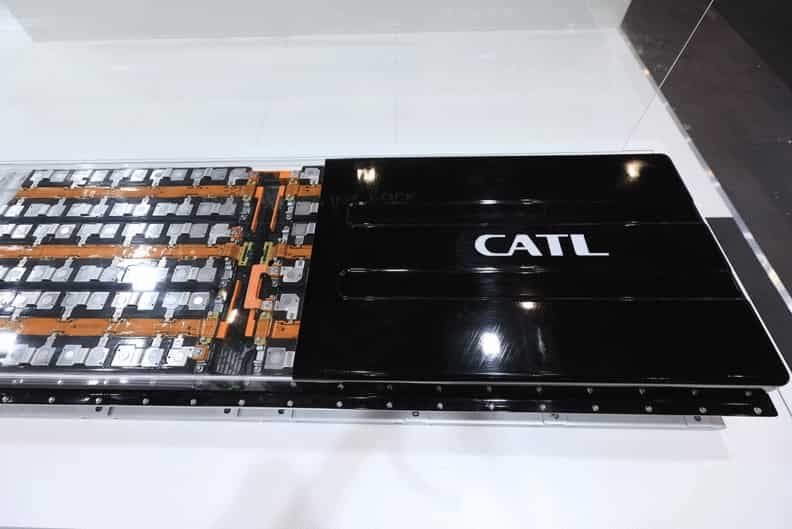
-Lukoil plans to launch a PE compounding line in Stavrolen in the first quarter
Lukoil plans to launch a new polyethylene compounding line at the Stavrolen enterprise in the first quarter, it has already been installed, Rupec reports, citing Oksana Borisova, senior manager of lukoil’s Petrochemical Technology Department.
- Borisova noted that this year the company also plans to switch to packaging the entire volume of polyethylene (PE) and polypropylene (PP) produced in stretch-thin film, as well as to expand storage capacity. Recycling Bacteria EV battery
“In order to improve interaction with consumers, the Competence Center for Polymers of the Stavrolen plant has expanded the quality control of raw materials to 47 indicators and is working on an in-depth analysis of the brands produced,” said Oksana Borisova.
Lukoil is also implementing a project to create a production facility for the production of LDPE and PP at the Lukoil-Nizhegorodnefteorgsintez site with a capacity of 500 thousand tons per year, for which the development of project documentation (FEED) is being completed, as well as the expansion of the brand range for the production of PP and HDPE at the Stavrolen plant.
Earlier it was reported that Stavropol, part of Lukoil, postponed the start of construction of a gas chemical complex in the Stavropol Territory to 2023. The company announced plans to create production in the city of Budyonnovsk in 2015. In 2022, construction was supposed to begin, but due to changes in the economic and political situation, the timing had to be changed. Recycling Bacteria EV battery
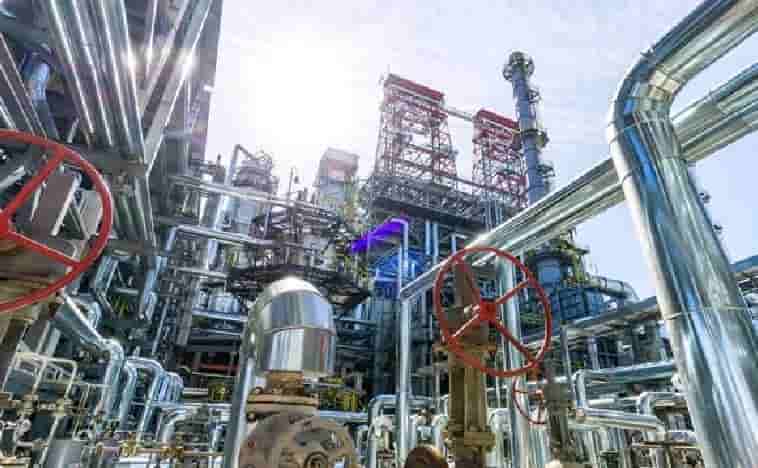
-Europe’s used textiles an increasing waste and export problem
Discarded textiles in Europe, including used clothing and footwear, are an increasing waste and export problem.
Rapidly increasing EU exports of used textiles — some of which is reused and some of which ends up in landfills — show that Europe faces a challenge in how to handle its own used textiles, according to a European Environment Agency (EEA) briefing published today.
The amount of used textiles exported from the European Union (EU) has tripled over the past two decades, and the amounts may increase further, according to the EEA briefing ‘EU exports of used textiles in Europe’s circular economy’. The briefing is based on a more detailed analysis by the EEA’s European Topic Centre of Circular Economy and Resource Use. Recycling Bacteria EV battery
Europe faces major challenges in the management of used textiles, which are to be collected separately in the EU by 2025. As reuse and recycling capacities in Europe are limited, a large share of discarded and donated clothing and other textile products are exported to Africa and Asia. Common public perceptions that used clothing donations are always of use in those regions do not reflect the reality. Once exported, the fate of used textiles is often uncertain, according to the EEA briefing, which looks at the patterns of and trends in EU exports of used textiles from 2000 to 2019.
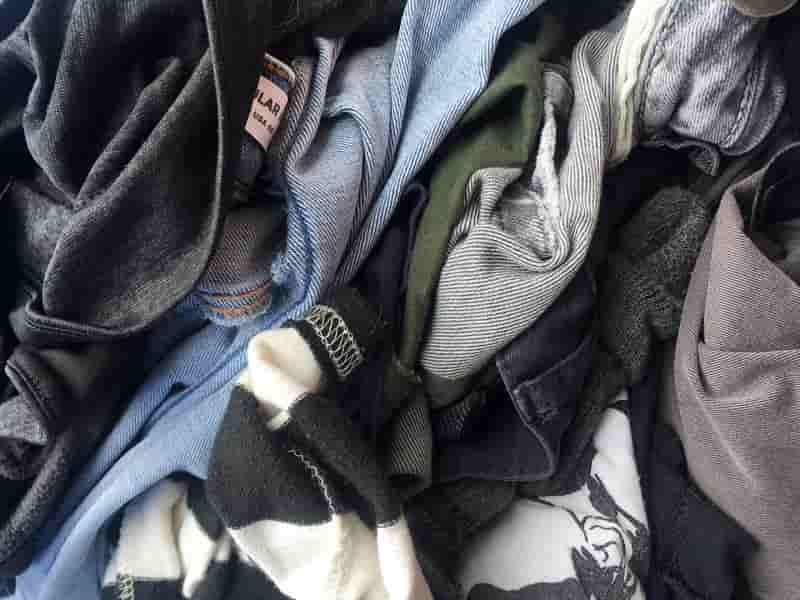
-A shoe recycling programme that wasn’t
Shoes donated for recycling sold on Indonesian markets, says Reuters
A 26 Feb. report published by Reuters has cast serious doubts on the integrity of a shoe recycling programme led by government agency Sport Singapore (SportSG) and US petrochemicals giant Dow.
Initially launched as a three-year project in 2020, it was subsequently reshaped into a permanent programme. Recycling Bacteria EV battery
In operation since 2021, the programme aims to grind the rubberised soles and midsoles of donated shoes into rubber granules that are bound together using a water-based and solvent-free binder.
This material is used to build new playgrounds, jogging tracks and fitness corners in Singapore, partially replacing hazardous recycled tires. The public can drop their used sports shoes at collection points all over Singapore.
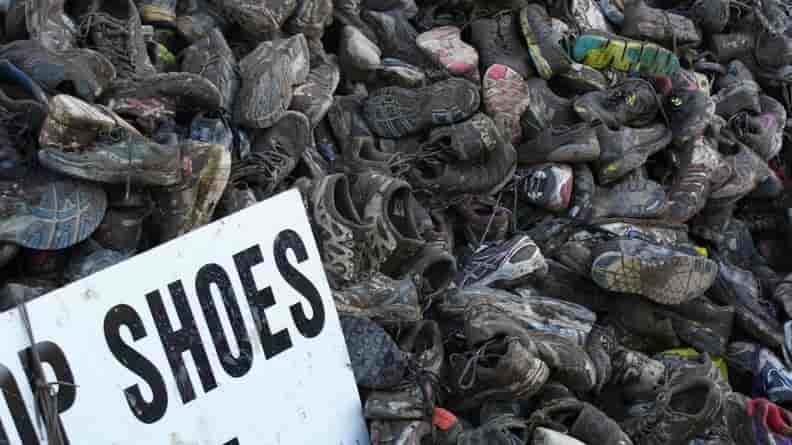
-Extra-EU imports down, the deficit with Russia almost eliminated
The news is in the rightmost column, the one you usually look after, the data on imports. Because that marginal minus sign, a drop of just one point, actually signals the first trend reversal of our non-EU purchases after almost two years of double-digit racing.
The Istat data for January offer a partially new picture, with the drop in energy prices finally creating a situation in which the annual comparison is no longer so dramatic.
The last negative sign in the import trend actually occurred for Italy in February 2021. Since then, almost always double-digit growth, first due to the rush of raw materials and electronics, then due to the energy, with prices multiplied n times in a few months.
Situation of declining purchases which in the seasonally adjusted monthly figure for imports had already been visible for a few months (we are now in the fifth consecutive month of slowdown, the latest figure is a robust -9.7%) but which in the annual comparison was not still disclosed. Recycling Bacteria EV battery
A couple of phenomena can be observed in the data for individual countries. First of all, the distance from Russia continues, whose sales to Italy are reduced by 67%, almost eliminating the monthly deficit, just under 600 million, from the 2-3 billion per month of the most difficult periods last year . Purchases from the Middle East, another major energy supplier, are still growing but in a less tense way than in the past, an increase of 18.9%.
The other obvious aspect, however, is the slowdown in China, with our purchases from Beijing falling by more than 10%, perhaps the first result of the supply “gap” generated by the latest wave of Covid which at the beginning of the year had still put internal logistics and ports in difficulty.
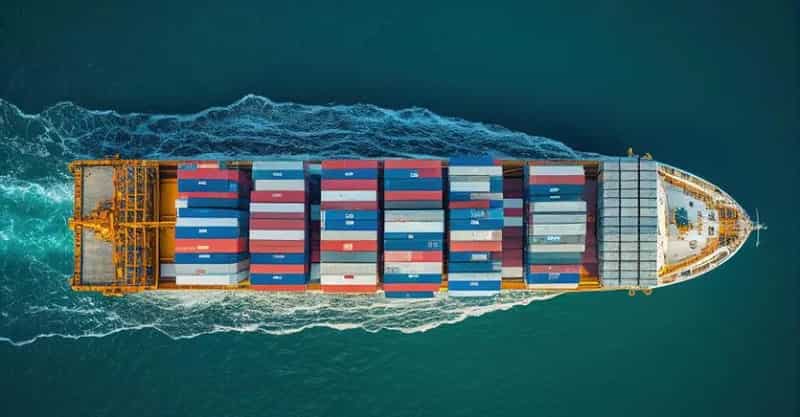
Recycling Bacteria EV battery
